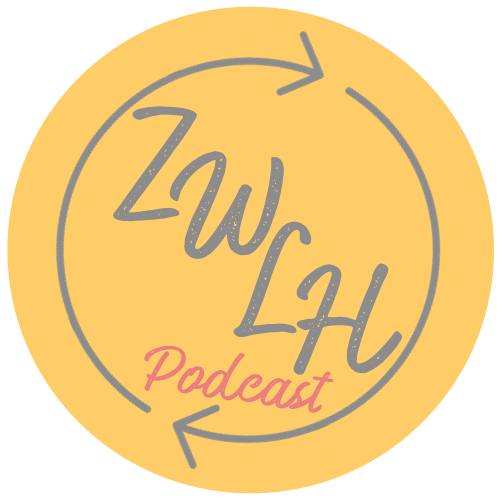#2 Recycling 101
What does that recycling symbol even mean?
Season 1 Episode 2, with special guest Jessica Aldridge
We shared a lot of info on this episode. Thank you to our Special Guest Jessica Aldridge @AdventuresInWaste
Basically, that little triangle symbol you see on a piece of plastic with a number inside - it does not mean that item can be recycled. It simply describes the type of plastic that it is.
So Episode Two is about further exploring the idea of conscious consumerism and the act of closely examining the thought process that occurs when making a purchase and ultimately evaluating the options for disposal of any given item. It is so easy to buy all sorts of stuff and equally as easy to dispose of it all because in general we have been raised to believe that when you are done with something you just "throw it away".
But where is away?
Really, away can mean the landfill, the incinerator, the ocean or even someones backyard a few continents away.
The stuff we throw away doesn't magically disappear, it stays right here on Earth in some shape or another. Look around wherever it is you find yourself right now and just observe how much stuff there is - everywhere! Alot of it is made out of plastic. Go to any store and just stand there and stare in awe of all the amazing things that have been imagined, designed manufactured and made available to us. Plastic just amazes me - it is straight up alchemy in its most physical manifestation.
Listen to the episode to learn more about which numbers truly get recycled
Episode Cheat Sheet
PETE – Polyethylene Terephthalate:The easiest of plastics to recycle. Often used for soda bottles, water bottles and many common food packages. Is recycled into bottles and polyester fibers
HDPE – High density Polyethylene: Also readily recyclable – Mostly used for packaging detergents, bleach, milk containers, hair care products and motor oil. Is recycled into more bottles or bags.
PVC – Polyvinyl Chloride: This stuff is everywhere – pipes, toys, furniture, packaging – you name it. Difficult to recycle and PVC is a major environmental and health threat.
LDPE Low-density Polyethylene: Used for many different kinds of wrapping, grocery bags and sandwich bags and can be recycled into more of the same.
PP – Polypropylene: Clothing, bottles, tubs and ropes. Can be recycled into fibers.
PS – Polystyrene: Cups, foam food trays, packing peanuts. Polystyrene (also known as styrofoam) is a real problem as it’s bulky yet very lightweight and that makes it difficult to recycle. For example, a carload of expanded polystyrene would weigh next to nothing so there’s not a lot of materials to reclaim, particularly when you take into account the transport getting it to the point of recycling. It can however be reused. Learn more about recycling polystyrene.
Other: Could be a mixture of any and all of the above or plastics not readily recyclable such as polyurethane. Avoid it if you can – recyclers generally speaking don’t want it.
Visit Green Living Tips for a downloadable cheat sheet for your home.
Read, Watch & learn
Click here to watch a very informative video from National Geographic about the history of plastic, how plastics are made and some simple hacks.







